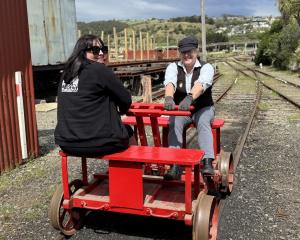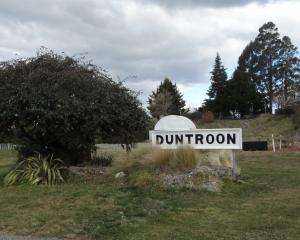
The Otago Regional Council (ORC) biosecurity manager and rural liaison confirmed a female wallaby had been identified and destroyed during the council’s programme of wallaby monitoring and surveillance in northern parts of Otago this month.
"Obviously we are trying to eradicate wallabies in Otago, so whenever we are able to track one down in the region and destroy it, that’s a positive," Ms Howard said.
"At the same time, we would prefer they were not here at all, and the presence of an individual female could suggest more are in the area."
The wallaby was shot from a Heliventures NZ helicopter, equipped with thermal camera technology, during a daytime flight. Thermal imaging from a bird’s-eye perspective made wallabies easier to spot in difficult terrain and dense vegetation.
"The thermal-equipped helicopter is one of a range of tools for monitoring and tracking wallabies,” Ms Howard said.
"The primary method is ground-based surveillance, often using wallaby detecting dogs, where ground teams cover large areas of land looking for signs of wallabies. In this case, wallaby droppings were found in the area, so we knew where to look with the thermals from the air."
Because female wallabies could carry "back-up" fertilised embryos while rearing a joey, a single female could introduce a breeding population of three wallabies, but the wallaby that was killed did not have any offspring in its pouch.
Contractors will undertake follow-up monitoring in the Kakanui Mountains to ensure all wallabies are destroyed, and ORC biosecurity staff will continue to engage with landowners to support them to respond to any further wallaby sightings and facilitate surveillance work on their properties.
"We’ve seen what damage wallabies can do when they become established in an area, so proactive work to identify and destroy them now is essential," Ms Howard said.
While the Bennett’s wallaby remains in a "containment area" in South Canterbury, where populations were established for recreational hunting in the 1870s, the animals have been steadily increasing in numbers and spreading out of the containment area, spotted as far north as Marlborough and as far south as Flagstaff, and are also known to be in the Mackenzie and Lake Hawea areas.
The ORC launched its wallaby programme in 2016, when there was a sharp rise in numbers in Otago, but had "rapidly" increased its efforts after receiving $373,000 in Government funding this year, as part of the national wallaby eradication programme.
Most of the ORC’s funding for 2021 was being allocated to this month’s surveillance and control activities in North Otago and Central Otago.
It was important that the community also reported any wallaby sightings to the ORC, Ms Howard said.
- To report wallaby sightings, phone 0800 474-082, or online at orc.govt.nz/wallabies












